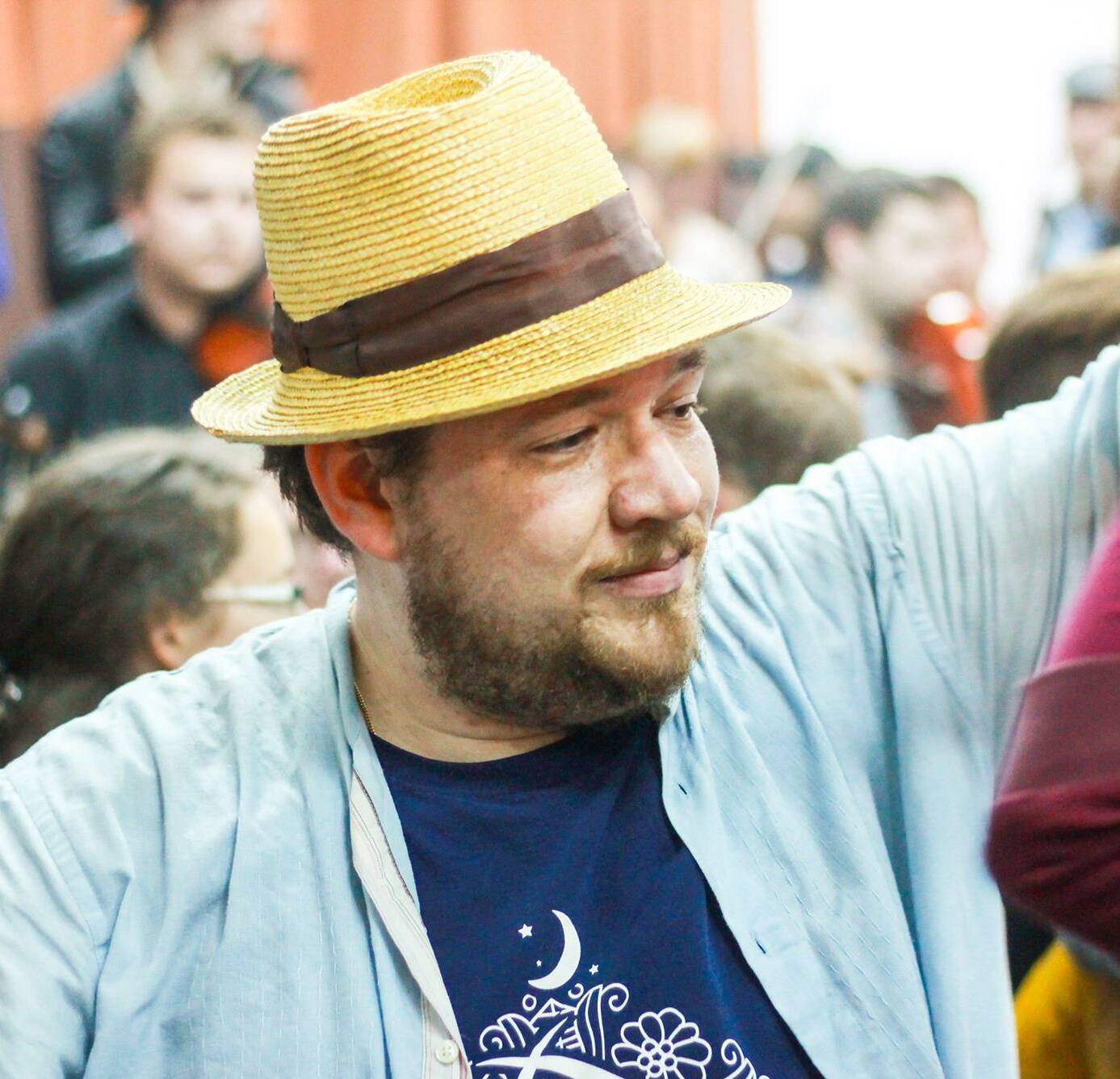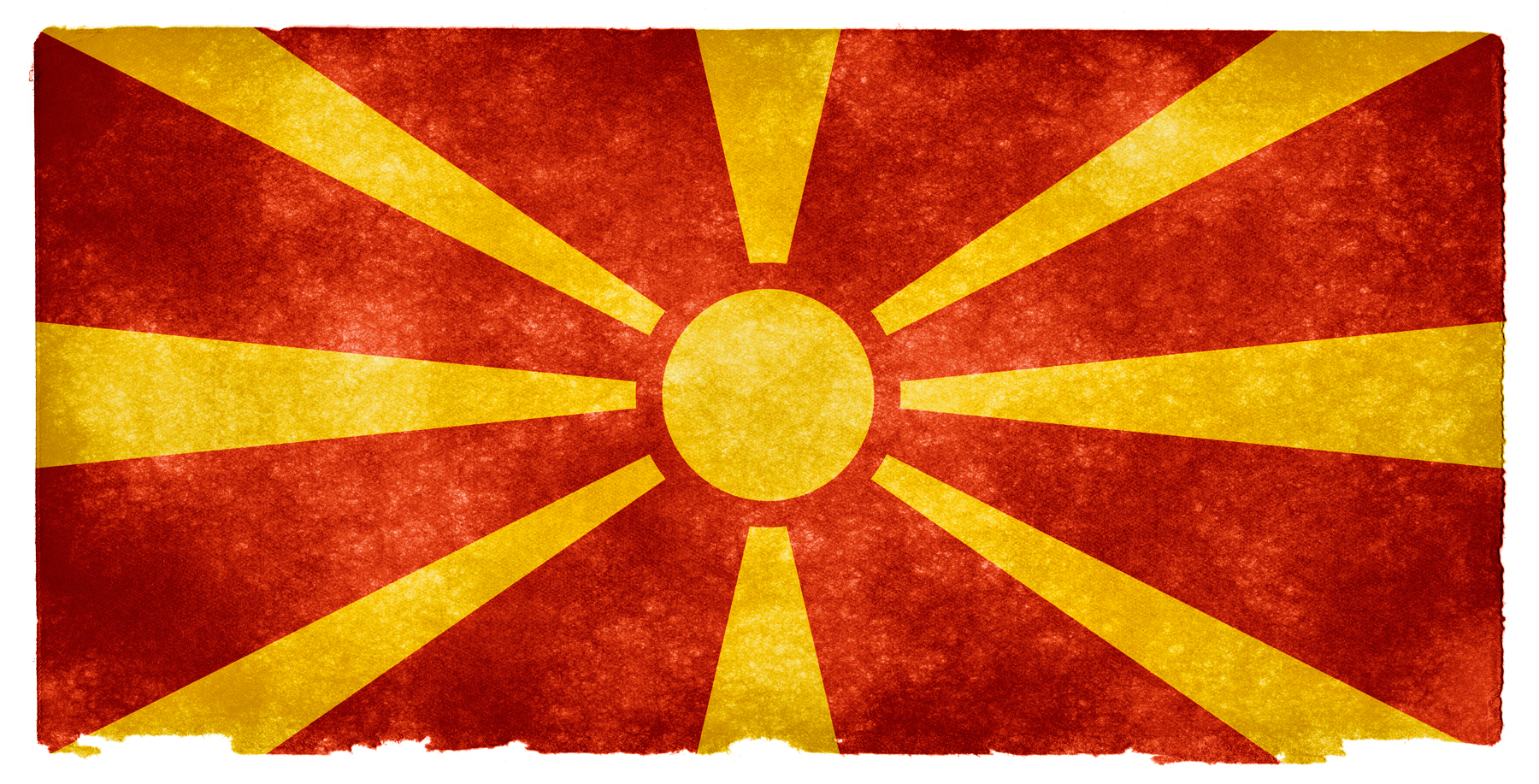By Modeste Schwartz.
Romania – My recent articles on the political situation in Romania, published on this site, have triggered a rather large counter-offensive of misinformation, aimed at both my person and the broader ideological movement which is presently opposing the attempted putsch in Bucharest.
To achieve both of these objectives, a single strategy is used: drawing one last temporary benefit from the already outdated right/left dichotomy, and politically weaponizing, under the label of “anticommunism”, the traumas inherited from the pre-1990 dictatorial past.
While earlier positions of mine, opposing the Western media blitz which was unleashed against V. Orbán’s Hungary between 2010 and 2012, attracted to me the tiresome epithets which the western Left deploys against everything it loathes (“Fascist”, “regressive”, etc.), the above-mentioned writings have elevated me to an entirely new level, this time to the rank of “communist”, and even – on the more inspired forums, such as the Romanian site PressOne (… yeah, I’d never heard of it either…) – the slightly old-fashioned, but always delightful “Judeo-Bolshevik”. In both cases it is heavily implied (though never stated clearly enough to be legally actionable) that my puppet-master, and source of my extreme wealth, is that infamous Russian hacker known under the name of V. Putin.
Tenaciously asserted, this amalgam does not stand up to even the most cursory examination. Indeed:
- Even assuming that conventional European ideological labels (such as “socialist”, “liberal”, etc.) are in some way applicable in Romania (which has never been the case), the current crisis opposes a “Right-Left” coalition currently in power (the Social Democratic Party + the liberal ALDE party) to another “Right-Left ” (informal) coalition which, from the opposition, but with the complicity of the president (Klaus Johannis, NLP) and of USR, an allegedly non-political party, though in reality perfectly aligned with the Western liberal left, supports the putsch attempt. In the ruling coalition, the sovereignist option I am defending is much better represented by C. P. Tăriceanu, president of the ALDE, than by the leaders of the Social Democratic Party, who seem to cherish the delusory hope of an armistice with the putschists and their Western sponsors.
- Since economic policy here, as in all the rest of the EU (and perhaps even more so in Romania than elsewhere), has become a gated community of “experts” working under international supervision, surveying the socio-cultural policies of the last decades is the best way to enable us to identify a “value-defined Right” and a “value-defined Left” in the Romanian political landscape. As a result, the reality of policies frontally contradicts the meaning of ideological labels. The vast majority of liberal-libertarian reforms which have been implemented (LGBT agenda, fight against religion, etc.) belong to the balance sheet of the so-called “right-wing” governments of the Băsescu and Johannis presidencies. Johannis has called “religious fanatics” those who oppose the legalization of “gay marriage”, while his favorite prime minister, Cioloş, has demonstrated an uncommon zeal to execute the maximal reception instructions issued by Berlin (pardon: “Brussels”) during the migrant crisis. Globally apolitical/provincial, and vaguely socio-democratic in economics (but without any real questioning of capitalism), the now ruling PSD, on the societal level, could without exaggeration be described as a right alternative to the liberal governments of the last decade.
- By “right-wing” one can also mean “nationalist”. From this point of view, the parties of the pro-Maidan coalition are nationalistic only by their mistrust and hostility towards Hungary and the Hungarian minority in Romania. In Cluj/Kolozsvár, a city where, up until the 1970s, Hungarian was more commonly spoken in the heart of the city than Romanian, and which is currently used as a tactical base for the coup camp, mayor E. Boc, of the putschist camp, has for years been setting forth the policy of his ultra-nationalist predecessor Funar, consisting of illegally refusing to apply the national legislation, which would impose multilingual signage (including Hungarian) in this multilingual city. At the same time, the USR, which is at the heart of the putschist movement, totally dependent on the Romanian secret services, is discreetly trying to snatch a left-liberal fringe from the Hungarian minority party (UDMR/RMDSZ), which, as of this writing, is cautiously standing on the side-lines. Moreover, the Maidan combines a vaguely chauvinistic folklore (a sea of Romanian flags, Romanian anthems, etc.) with an overtly antinational discourse: slogans in English, symbiosis with the multinationals, plus the habit of seeking assistance from Western embassies and applauding all their intolerable interferences in national political life, etc..
- Last but not least, almost all the “heroes” of the putschist movement above the age of forty, so eager to usurp the revolutionary symbols of the regime change of 1989, unfortunately have a more than questionable “refusenik past”. While most Saxons of his ethnic group, driven out by Ceauşescu, migrated en masse to Germany leaving everything behind, K. Johannis completed an excellent curriculum of studies (under a regime in which “enemies of the working class” were denied access to higher education), before building up in Romania during the 1990s a real estate empire that few high school teachers would ever dare to dream of even in … Germany. The prosecutor M. Macovei, an LGBT activist in her spare time, but above all a living icon of the “anti-corruption crusade”, does not lack experience in the field, since she was already a public prosecutor under … Ceauşescu.
In reality, the history of Central Europe repeats itself even in the smallest details. Just as the collapse of the Third Reich in 1945 delivered Hungary and Romania to the Soviet Union, the collapse of the Socialist Bloc in 1990 brought them into the hands of the Western Empire (NATO falcons and IMF vultures flying in tandem). In both cases, it took the two countries a generation (a little less in Hungary, a little more in Romania) to recover and to make a patriotic re-appropriation of the imposed regime.
In both cases, Hungary paid for its revolutionary precociousness with the price of blood: the 1956 uprising and subsequent brutal repression, which led eventually to the Kádár regime, and the bloody riots of 2006, which contributed to FIDESZ coming to power in 2010 with its new program of “Hungarian Revival”. In both cases, Romania chose instead the path of compromise: in the 1960s, N. Ceauşescu’s gradual ascent led to a kind of “Romanian Titoism”, as impotent as the Kádár regime to correct the constitutive evils of the communist dictatorship, but allowing a true economic boom and relative independence. In the early 2010s, PSD governments (a party that in the 1990s and early 2000s still participated in the neoliberal agenda and the plundering of the nation’s industrial heritage) gradually took the path of populist policies, adopting measures very similar to those promoted simultaneously by the Orbán government in Hungary (wage increases, social policies).
Scornfully described, in Hungary as in Romania, as “hand-outs” by a maximalist left driven to objective alliance with the German economic occupation, these modest but repeated wage increases are in reality essential to national recovery, insofar as they contribute to modifying the basic equation of the East-European social life of the last twenty years, which can be resumed as: “to stay or emigrate?”. The ability of the Orbán and Grindeanu governments to halt the human haemorrhage which empties these countries of their living substance to the benefit of the Western brain drain is crucial to the demographic, economic and cultural future of Central Europe.
Contrary to the idea, conveyed by various amateur or bad-faith analysts, repeating the refrains circulating in downtown Bucharest, according to which the PSD victory of December 2016 would have been “ill-deserved” and due mainly to the absence of a viable adversary, detailed electoral results (in geographic and sociological perspective) show, along the traditional PSD electorate (rather Moldovan, rather peasant, rather old), the emergence of a new PSD electorate (more Transylvanian, more educated, younger), who certainly expressed a vote of refusal, but a refusal which goes well beyond Johannis, Cioloş or some other compromised personalities of the NLP or, more generally, of the Romanian “Right”.
Since 2010, the Hungarian example of V. Orbán is closely scrutinized by the Romanian press, and extensively commented upon on social networks, in circles of patriotic inspiration. In addition to certain concerns (cleverly maintained by the “nationalist” wing of the secret services) linked to the re-appearance of Hungary on the European geopolitical scene, the tone of these comments is most often a tone of praise and envy. The project of a Romanian Orbán is not new, it hatches in many minds, and if L. Dragnea, the natural leader of the new majority, hesitates to incarnate it, it could well be that his junior coalition partner C. P. Tăriceanu will be fast off the mark, notably on the occasion of the forthcoming presidential elections (scheduled to take place in two years’ time, but … which might take place earlier).
Hence, do not heed the credulity of so many young idealists attracted by the slogans of “fight against fascism” (in Budapest) and “fight against corruption” (in Bucharest) towards adventurous Maidans. The Maidan organizers, who know very well what they are doing, do not care about “fascism” or “corruption”, but perfidiously and calmly lead their own struggle: against the people, against the nations.




